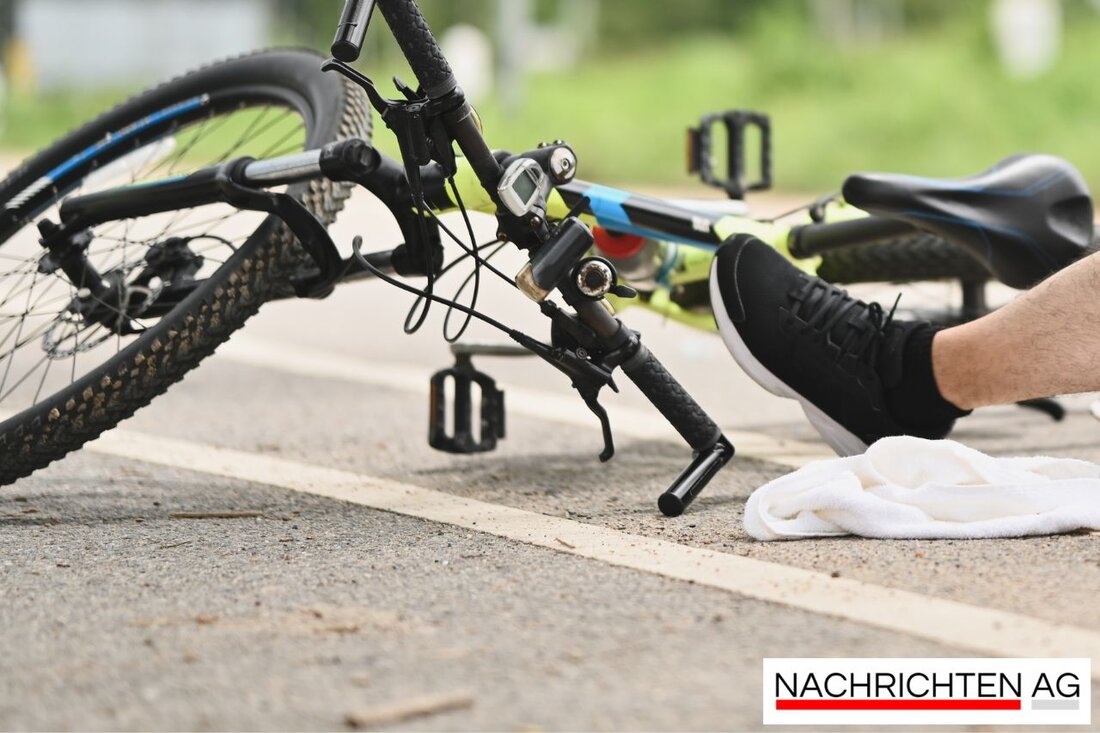Miesbach district: Revolutionary local transport plan ensures departure!

Miesbach district: Revolutionary local transport plan ensures departure!
Miesbach, Deutschland - in Miesbach something is happening in the area of local public transport! The district has presented a new local transport plan, which was promoted with great enthusiasm in the district development committee. Now the official decision in the district council is due, which is expected in the coming week. In the comprehensive document, which has grown on a proud 208 pages, the results of over one and a half years of intensive cooperation between experts, administration, municipalities and transport companies. With this concept, public transport is to be strengthened as a sustainable alternative to motorized individual traffic. This reports Merkur .
MVV mobility consultant Lucas Uebbing presented the concept in a lively lecture. It takes into account a variety of factors such as the number of residents, the circumstances in the trade, school locations, tourist currents and the existing traffic situations. A total of 23 specific measures were developed that are divided into a main and a supplementary network. The focus is on improving the cycle times for buses, with a planned hourly time and a ring line around the Tegernsee, which is supposed to drive every 30 minutes. Student traffic and additional buses during the skiing season on the Stümpfling are also part of the new services that are to be created.
expansion and financing of local transport
In order to further expand local transport, optimized connections to the Bavarian Regiobahn and a new line between Holzkirchen and Gmund are also planned. It is important not to forget the rural areas: already planned connections such as Darching via Bruckmühl to Miesbach or tourist routes from Bayrischzell to Kufstein, should ensure that all regions are well connected.
The complete implementation of the plan is estimated at around 11.8 million euros and the financing is gradually carried out. District Administrator Olaf von Löwis emphasizes how significant mobility is for the district's infrastructure. Here is a good plan that will support the citizens far beyond the next few years. The measures include:
| 1. Tegernsee ring line |
| 2. Weißachtal-Kreuth-Wallbergbahn |
| 3. Schliersee-Fischhausen/Neuhaus-Josefsthal-Spitzingsee |
| 4. Alpenbus (Bad Tölz-Gmund-Miesbach-Rosenheim) |
| 5. Holzkirchen-Valley-Weyarn-Miesbach-Agatharied |
| 6. North-south axis (Holzkirchen-Warngau-Gmund) |
| 7. Irschenberg-Miesbach-Wörnsmühl-Fischbachau (-Neuhaus) |
| 1. Local bus Rottach-Egern |
| 2. Gmund-Waakirchen-Bad Tölz (only student traffic) |
| 3. Fine closure Alpenbus: Gmund-Ostin-Hausham-Agatharied-Miesbach-Wall-Festenbach-Gmund |
| 4. Weyarn-Feldkirchen-Westerham-Bruckmühl-Irschenberg-Miesbach |
| 5. Local traffic Holzkirchen |
| 6. City bus Miesbach (joint concept with Hausham) |
| 7. Holzkirchen-Großhartpenning-Bad Tölz |
| 8. Holzkirchen-achterfing-Dietramszell-Bad Tölz |
| 9. School traffic Miesbach-Holzkirchen |
sustainability in focus
A central aspect of the new local transport plan is sustainable mobility. In this context, it is of great importance that the framework conditions are designed in such a way that cyclists and pedestrians are also protected and integrated into the traffic. Cyclists and pedestrians are often the most vulnerable road users, so it is essential that all road users act carefully and foresight. According to ADFC , defensive driving is crucial to avoid accidents. Especially in an environment that focuses on sustainable mobility, as in the new concept for Miesbach, it is important that all road users observe the traffic rules and truly pay attention to each other.
The turnaround towards more sustainability is not only desirable, but also necessary to reduce environmental pollution and to improve the quality of life in the cities. Users should be open to several transport options-whether on foot, by bike or on the bus-according to Oekom
| Details | |
|---|---|
| Ort | Miesbach, Deutschland |
| Quellen | |
